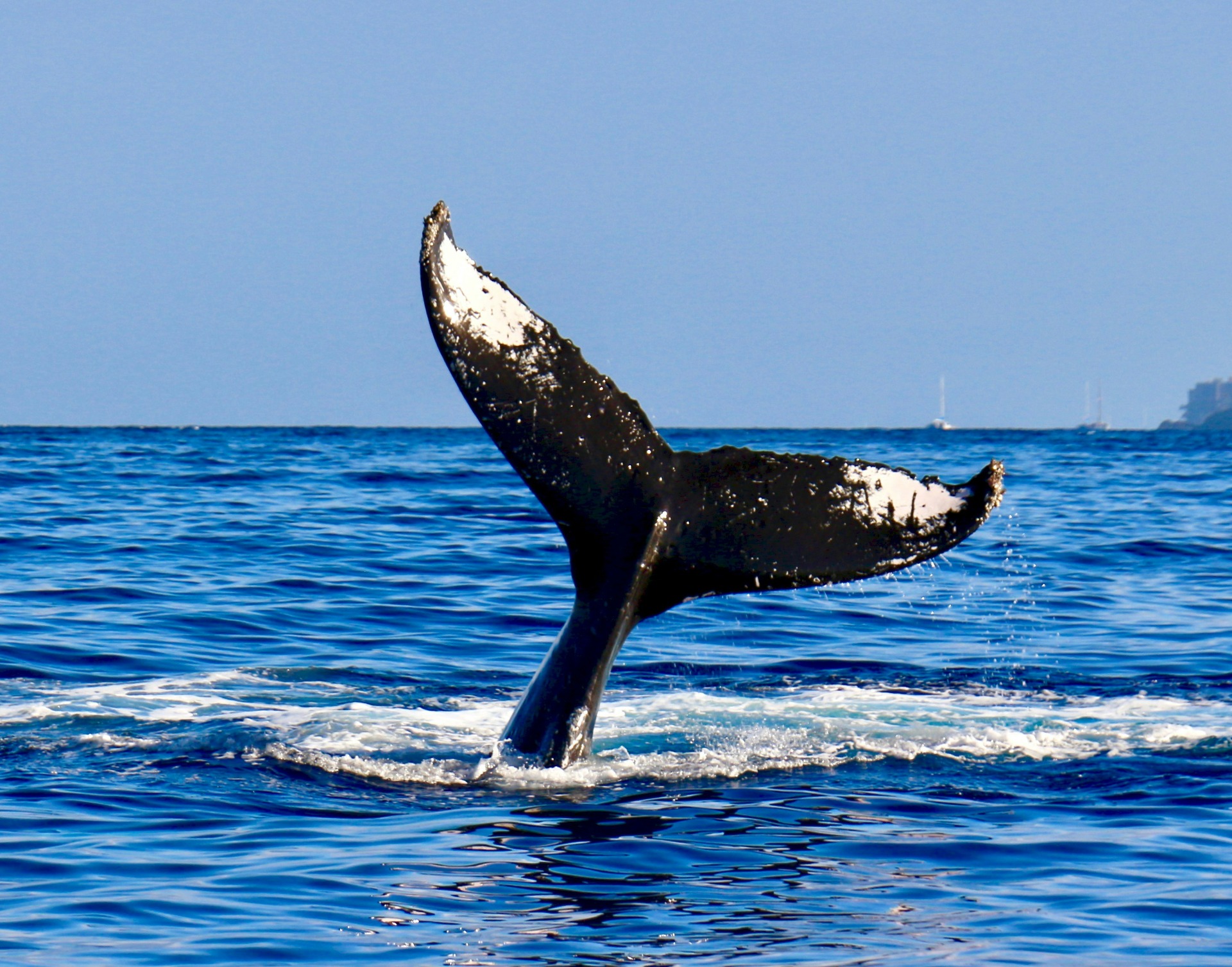
Cabo Verde history - the Packet Boat Trade
The Genesis of an Independent Atlantic Highway
The packet trade emerged directly from the decline of the American whaling industry. Cabo Verdean men who had worked on Yankee whalers, saving their meager earnings, seized the opportunity to purchase the old, decommissioned sailing vessels—schooners, barks, and brigs—that American owners were abandoning in New Bedford, Massachusetts. This act of repurposing these "decrepit vessels" was a radical form of entrepreneurship. The Cabo Verdean mariners, renowned as skilled, honest, and hardworking seamen, became their own captains, crews, and owners. By doing so, they effectively converted the Atlantic Ocean from a site of colonial dispossession and forced passage into a zone of self-determined mobility and freedom for African-descended people, fundamentally asserting control over their own migratory fate. The trade began in 1892 and continued until 1965, with iconic examples including the schooners Ernestina (originally the Effie M. Morrissey) and the Coriolanus.
The Route and The Fleet
The primary route ran from the key ports of New Bedford and Providence in the United States, across the 3,600-mile Atlantic path, to the Cabo Verdean islands, particularly Furna on Brava and Mindelo on São Vicente. The island of Brava was historically the home island for many of the first wave of Cabo Verdean-Americans, making it a primary destination for the fleet, which was often referred to as the "Brava fleet." Over those seventy-plus years, the trade conducted more than 1,200 voyages, cementing a continuous, personal connection between the diaspora and the homeland.
The Functions and Impact of the Packet Trade
The packet trade was far more than a simple commercial venture; it was the engine of a transnational social field, binding the diaspora and the homeland into a "single economic universe."
1. The Human Ferry: Sustaining the Migration Stream
The primary social function of the packets was the transportation of people. While the early male migrants arrived on whalers, the packet boats facilitated the bulk of the subsequent, large-scale migration to the U.S., particularly between 1890 and the 1920s. They provided regular, if rough, passenger service for thousands of Cabo Verdeans seeking to escape the chronic famine and colonial hardship. It is estimated that at least 70% of Cabo Verdean immigrants to the U.S. during the peak years arrived in New Bedford, which was aptly nicknamed the "Cape Verdean Ellis Island," via these packet ships. Critically, the packets allowed for family members to visit the islands and, later, for wives, children, and relatives to join the men who had already established lives in New England, helping to balance the initially male-dominated immigrant population and fostering the growth of permanent communities abroad.
2. The Economic Lifeline: Trade and Remittances
The vessels were a vital commercial link, directly mitigating the existential threat of famine in Cabo Verde. The packets carried cargo and food sent by the emigrants back to their families. The most iconic form of remittance was the bidons (gasoline or kerosene barrels) filled with essential goods: food (especially flour, rice, and beans), clothes, tools, and, of course, money. This custom of sending mantenhas (remittances in kind) was the original and most intimate way an emigrant maintained their vital relationship with those left behind. On the return trip, from Cabo Verde to New England, they carried salt from the island of Sal, along with island products like goats, pigs, and dried fish, which sustained the New England immigrant community and maintained an economic link to the islands.
3. The Cultural and Communication Conduit
The packet ships ensured the constant flow of information and culture, keeping the community whole despite the vast geographical distance. They carried letters, verbal greetings, and news, which traveled quickly between the two sides of the Atlantic, allowing emigrants to remain "firmly connected to their island of origin." The ships and their crews operated in Crioulo, the Cape Verdean language, which transmitted an immediate, intimate, and communal form of contact, sustaining the distinct Crioulo culture and language against the prevailing Portuguese colonial influence. In essence, the Cape Verdean Packet Trade was a powerful expression of national self-sufficiency and transnational kinship, providing the necessary infrastructure for a continuous migration stream and transforming the scattered islanders into a true nation that transcended its physical borders.
